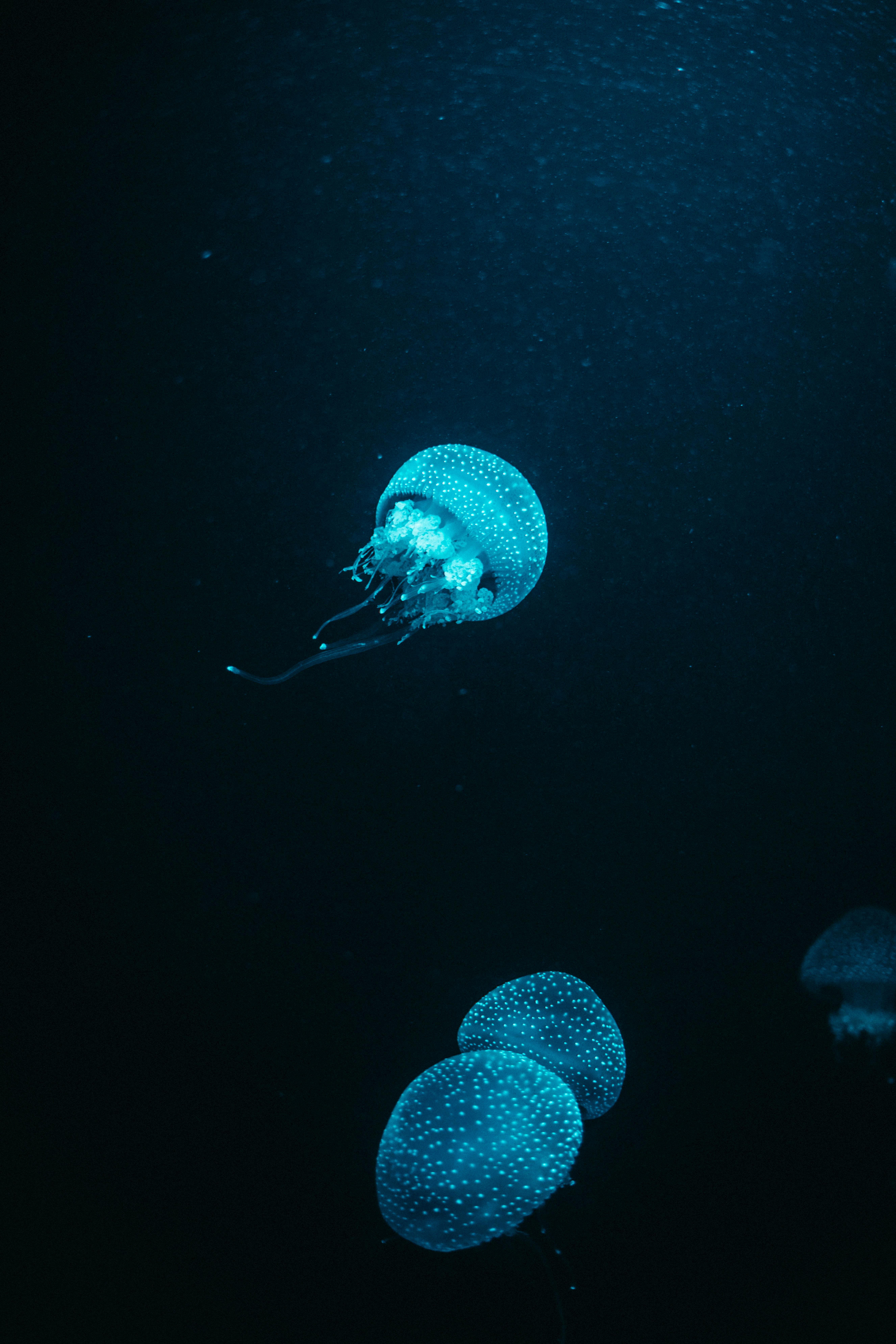Unveiling the Secret World of Freshwater Jellyfish
Imagine a serene lake on a warm summer day, its surface shimmering in the sunlight. Beneath the placid waters, an unexpected marvel awaits: tiny, translucent jellyfish gracefully pulsing through the freshwater depths. These enigmatic creatures, often overlooked and misunderstood, have captivated scientists and nature enthusiasts alike. Join us as we dive into the fascinating realm of freshwater jellyfish, exploring their unique adaptations, mysterious origins, and the surprising impact they have on aquatic ecosystems.

The Evolutionary Enigma
The existence of jellyfish in freshwater habitats raises intriguing questions about their evolutionary history. Marine jellyfish have inhabited Earth’s oceans for over 500 million years, but their freshwater relatives are a more recent development. Scientists believe that freshwater jellyfish evolved from marine ancestors that gradually adapted to less saline environments.
This transition from saltwater to freshwater posed significant challenges for these delicate organisms. Jellyfish typically rely on the buoyancy provided by saltwater to maintain their position in the water column. In freshwater, they had to develop new strategies to stay afloat and navigate their surroundings effectively.
Anatomical Marvels
Freshwater jellyfish possess a range of unique adaptations that enable them to thrive in their unconventional habitat. These tiny creatures, measuring only 5-25 millimeters in diameter, have a transparent, bell-shaped body adorned with delicate tentacles. Their diminutive size allows them to navigate through aquatic vegetation and avoid detection by potential predators.
One of the most remarkable features of freshwater jellyfish is their ability to produce a mucus-like substance that helps them maintain buoyancy in freshwater. This adaptation compensates for the lack of salinity that typically keeps marine jellyfish afloat. Additionally, their tentacles are equipped with specialized stinging cells called nematocysts, which they use to capture tiny planktonic organisms for food.
Life Cycle and Reproduction
The life cycle of freshwater jellyfish is a fascinating process that involves both sexual and asexual reproduction. These creatures exhibit a complex alternation of generations, switching between a free-swimming medusa stage and a stationary polyp stage.
During the warm summer months, the jellyfish exist in their medusa form, reproducing sexually by releasing eggs and sperm into the water. The fertilized eggs develop into larvae, which eventually settle on the bottom of the water body and transform into polyps. These polyps can reproduce asexually by budding, forming colonies that can persist for years in a dormant state, waiting for favorable conditions to produce new medusae.
Global Distribution and Invasive Potential
Originally native to the Yangtze River basin in China, freshwater jellyfish have now been reported in water bodies across six continents. Their ability to spread rapidly and colonize new habitats has raised concerns about their potential as an invasive species.
The primary mode of dispersal for freshwater jellyfish is believed to be through human activities, such as the transportation of aquatic plants or the release of aquarium specimens. Once established in a new habitat, these jellyfish can quickly reproduce and form large populations, potentially impacting native ecosystems.
Ecological Impact and Research Opportunities
The presence of freshwater jellyfish in aquatic ecosystems has sparked interest among ecologists and conservationists. While their impact on native species is still not fully understood, researchers are investigating how these jellyfish interact with other organisms in freshwater food webs.
Some studies suggest that freshwater jellyfish may compete with native fish species for planktonic prey, potentially altering the balance of aquatic ecosystems. However, they may also serve as a food source for some fish and waterfowl, contributing to the biodiversity of freshwater habitats.
Citizen Science and Public Engagement
The elusive nature of freshwater jellyfish has made them an ideal subject for citizen science initiatives. Many environmental organizations and research institutions have launched programs encouraging the public to report sightings of these fascinating creatures.
These citizen science efforts not only help track the distribution of freshwater jellyfish but also raise awareness about the importance of freshwater ecosystems and the unique organisms that inhabit them. By engaging the public in scientific research, these programs foster a deeper connection between people and their local aquatic environments.
Conservation Implications
As freshwater ecosystems face increasing threats from pollution, habitat destruction, and climate change, the study of freshwater jellyfish takes on added significance. These organisms may serve as indicators of environmental health, providing valuable insights into the overall condition of aquatic habitats.
Conservation efforts aimed at protecting freshwater ecosystems must consider the complex interactions between native species and newcomers like freshwater jellyfish. By understanding the role these jellyfish play in aquatic food webs, researchers can develop more effective strategies for preserving biodiversity and maintaining healthy freshwater environments.
The world of freshwater jellyfish remains a frontier of scientific discovery, offering a unique window into the adaptability and resilience of aquatic life. As we continue to unravel the mysteries of these captivating creatures, we gain a deeper appreciation for the intricate web of life that exists beneath the surface of our planet’s freshwater habitats. The story of freshwater jellyfish serves as a reminder of the wonders that await discovery in even the most unexpected places, inspiring us to look more closely at the hidden marvels of the natural world around us.




